Aperture in a Nutshell
Scroll down for a very detailled description.
What is the Aperture?
Aperture is a pretty sophisticated term for a hole in the lens of your camera. That hole can be made bigger or smaller.
As mundane as that may sound, the effect that hole has on your images is massive.
The Effects of Aperture
1. Image Brightness (Exposure)
The first effect is easier to understand, but a bit more boring than the one I’ll explain in a minute.
It describes the impact of aperture on image brightness. So leet’s discuss that first.
Quite logically, when you make an opening bigger, it will let more light in. What is familiar from the blinds of a window, curtains, etc., is the same with the aperture.
The more you open it, the more light you let in.
How big that effect is may surprise some of you!
Large Aperture
More Light
As you can clearly see, the aperture in this lens is pretty wide open. That will let much more light into the camera resulting in the brighter image above.
How big that opening is, depends on the lens. The maximum opening of so-called kit lenses are a lot smaller than those of so-called prime lenses. The lens shown is a prime lens. Prime lenses start at very affordable prices.
Small Aperture:
Less Light
This image shows a much smaller opening. In fact it is the maximum opening of most “kit lenses” – which is f/5.6 ( If you’re interested, I’ll explain what f-umbers mean down below).
The hole in the middle is pretty small, and that means that most of the light is blocked by the aperture, resulting in the darker image above.
The amount of light that can enter the camera through the aperture is directly related to the size of the opening. If it is twice the size, you get twice the image brightness.
In this example the opening is 8x bigger
This image shows the size difference of the first opening (f/5.6) in red, overlaid on the bigger opening (f/2).
So a rather cheap prime lens, like the so-called nifty-fifty with an aperture of f/1.8 will give you 8 times more light than the kit lens. You’ll soon find out how valuable that can be.
Do you remember that doubling of light?
When I introduced you to scene luminance, I said one EV will double the brightness. One EV was equal to one stop.
I told you that the doubling of brightness is pretty important in photography, and here it appears for the second time. Twice the area of the aperture opening, twice the brightness, which also means one stop brighter, or again one EV brighter.
I bet you start understanding the importance of Exposure Values (EV) in photography.
The images below show the aperture opening increase 2x in size in each image
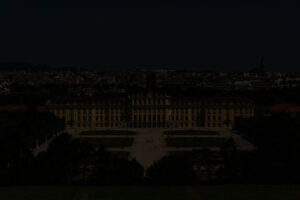
Aperture f/16
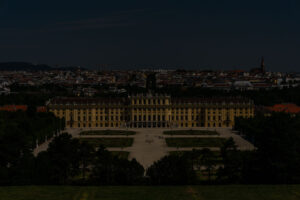
Aperture f/11
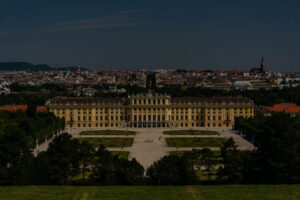

Aperture f/8
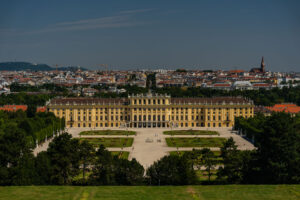

Aperture f/5.6


Aperture f/4


Aperture f/2.8


Aperture f/2
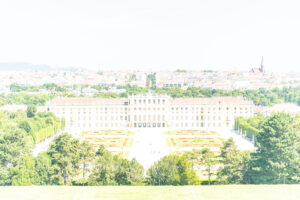

Aperture f/1.4
As you can see, by doubling the size of the opening, the image brightness doubles too.
A very important note: if you are in auto-mode or any semi-automatic mode like Aperture Priority (A) or Shutter Priority (T or S), your camera will compensate that loss of light by changing another setting (shutter speed and/or ISO). So don’t be surprised if you change the aperture on your camera and nothing happens. It would require changing to Manual Exposure to see the real difference that the aperture has on image brightness.
Another important note: Don’t let anyone talk you into using Manual Exposure right away. I just mentioned it to avoid confusion.
Making That Doubling Easier to Understand
Getting back to doubling of light, this animation probably gets aperture explained much faster than many words would do. Twice the size of the opening, twice the image brightness. BTW: that graphic is part of a cheat sheet that waits for you if you keep reading and learning!
I hope you see the pattern when you compare it to scene luminance, where every exposure value doubles the brightness.
F-numbers Explained / Aperture-numbers Explained
You probably wonder what the numbers 1 – 16 in the first graphic above graphics mean. They look totally random but in fact they make sense. I will explain them for enthusiasts further down the page, but just to let you know: I will refer to these numbers as f-numbers or aperture-numbers. These are the numbers that you would set on your camera when you change aperture.
Unfortunately the numbers are not really self-evident because the bigger the number gets, the smaller is the opening. opening. But I have a mnemonic for you. That will nail the f-numbers into your brain.

That’s not the way aperture is usually explained, but trust me, it will help you understand. Instead of concentrating on the opening, concentrate on the area that is blocking the light. The bigger the number, the bigger the area that blocks the light.
Why are there some increments in between?
The above chart shows some additional increments compared to the scene luminance chart.
Rather than only giving you the chance to double or half the brightness of your images, camera manufacturers give you the option to much finer adjust the brightness. The increments in between are 1/3 stops. Usually the custom settings in your camera let you choose between 1/3 stops and 1/2 stops. I’d recommend 1/3 stops.
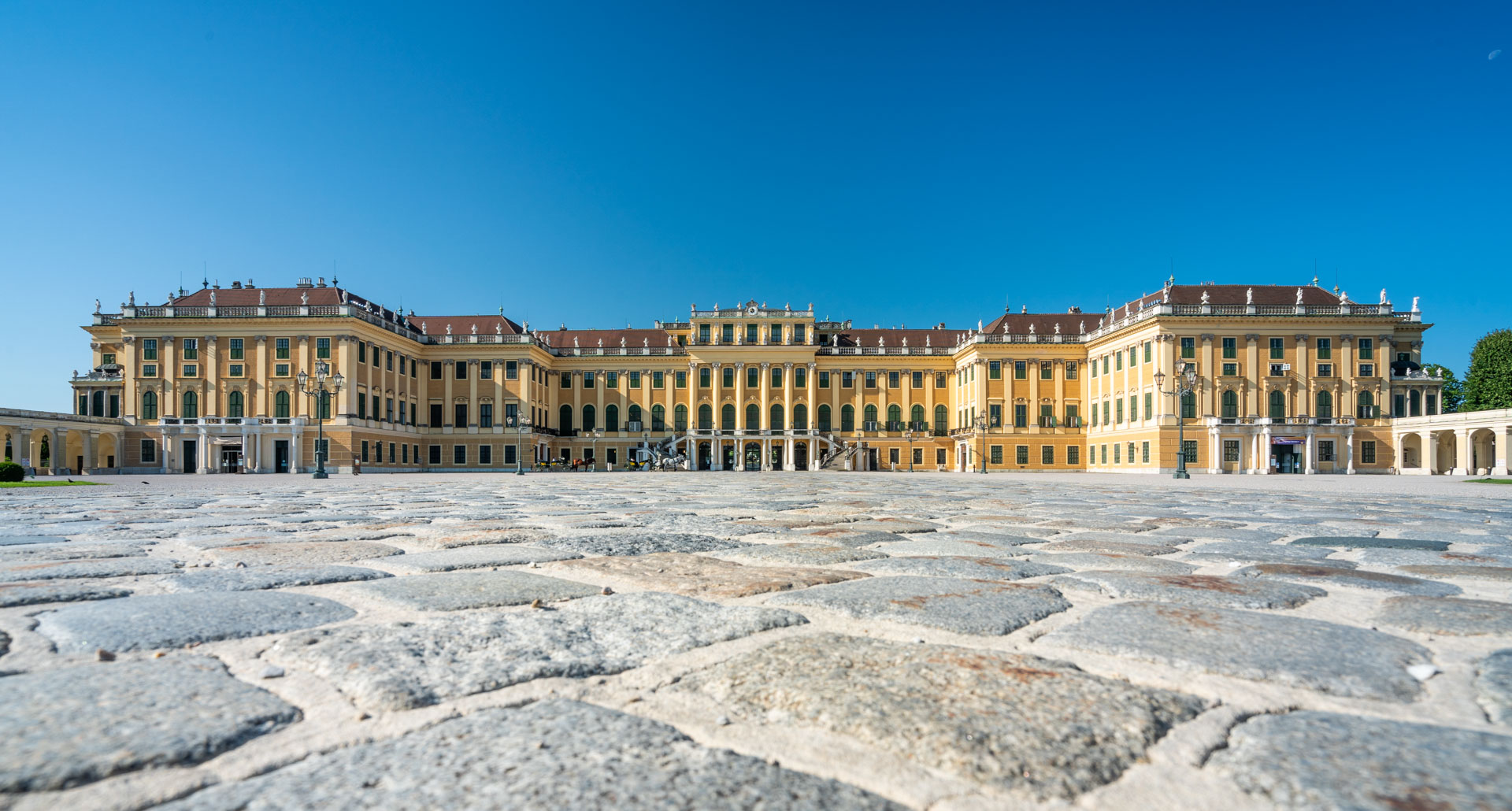
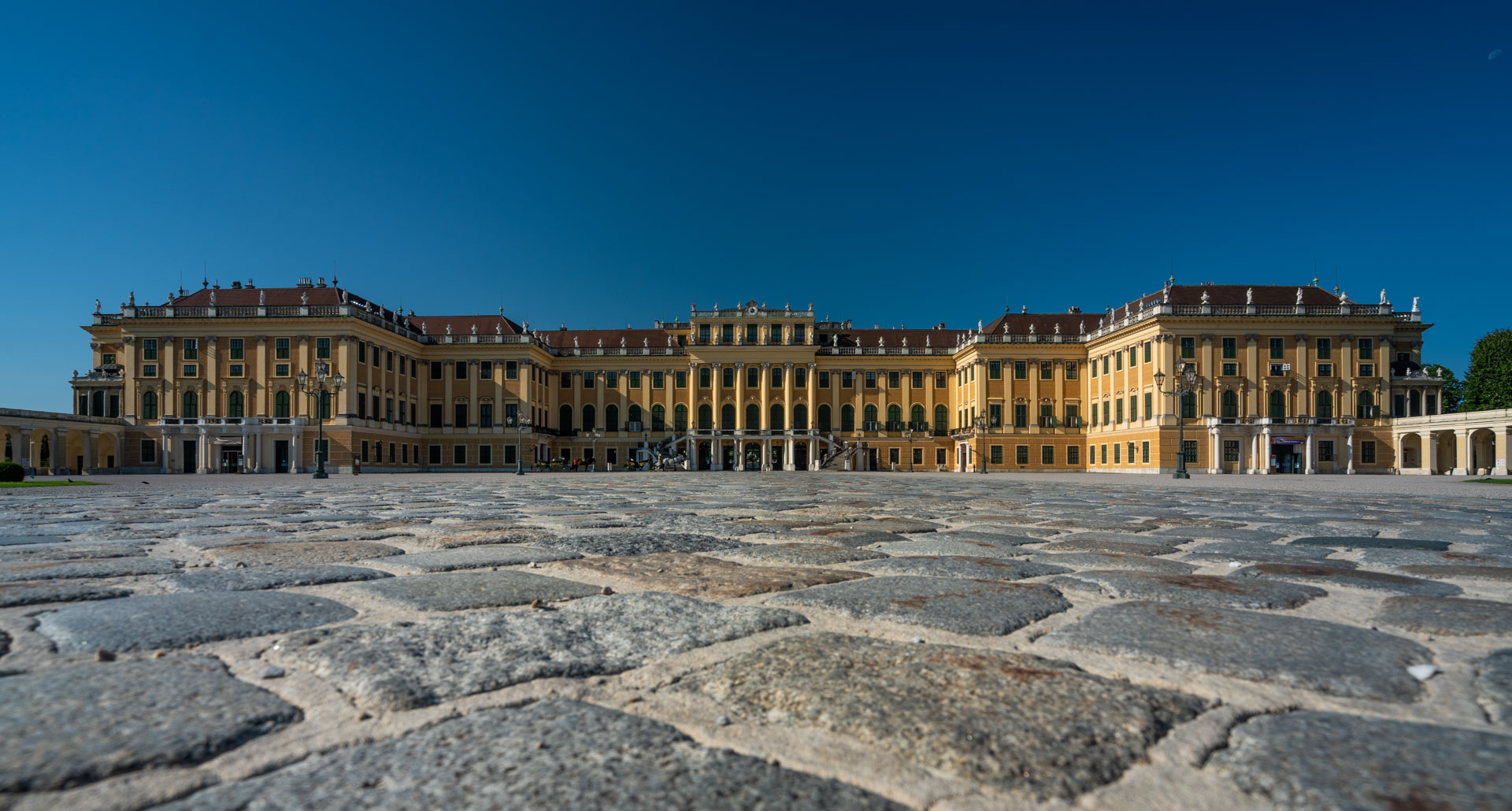

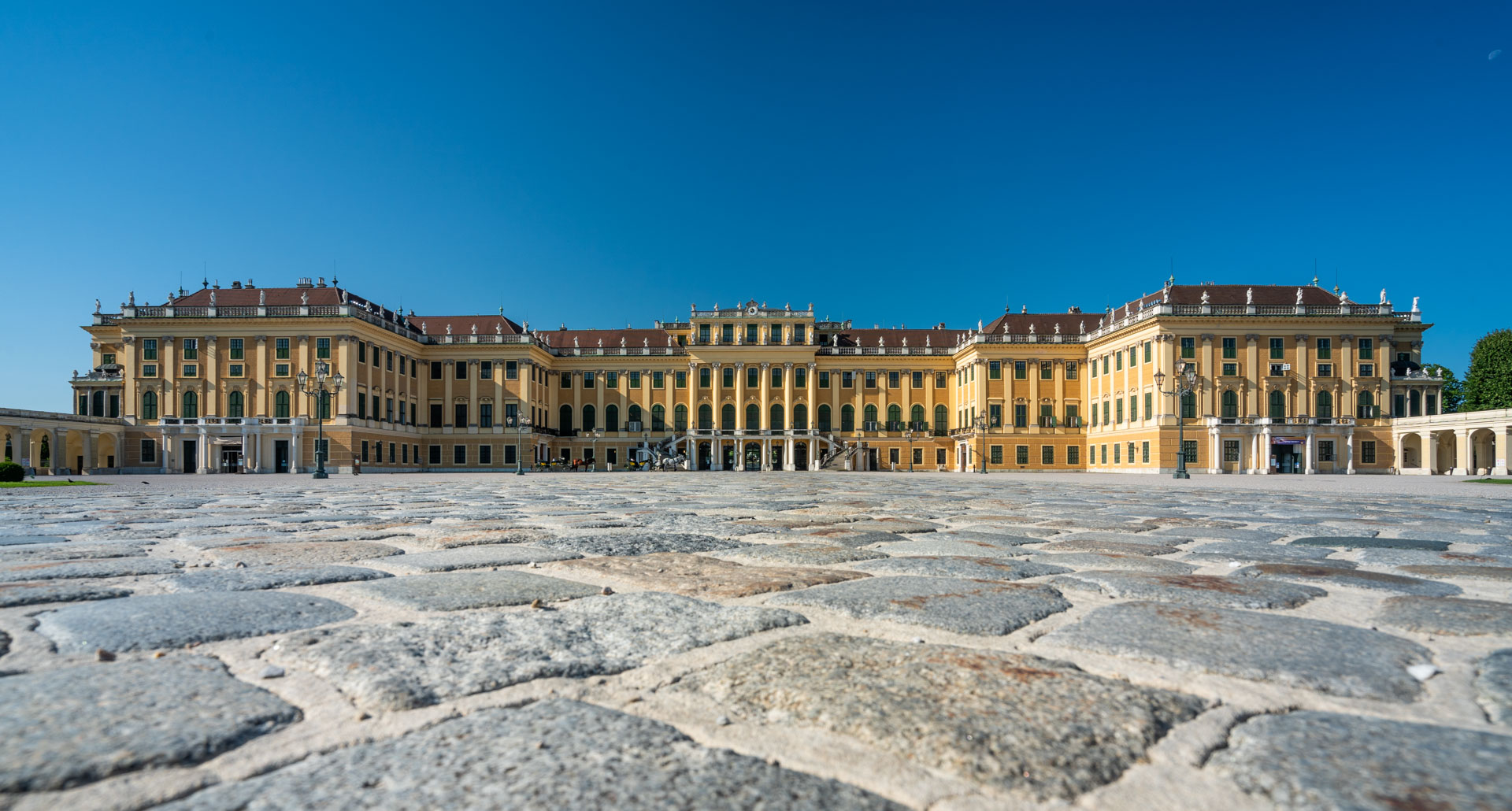
2. Creative Effects
Beside the very important effect on image brightness, the aperture has a much more exciting effect on images. It changes what photographers call depth of field. Personally I prefer to call it depth of focus. There is a slight difference between these two terms for tech nerds, but in practical use, they are 100% the same.
1. Background Blur
I won’t write too much, but rather let images speak. Click on the images below to enlarge them and see how the f-number changes the blur of your background.


Personally, I just love blurred backgrounds, that low f-numbers give me. The difference is massive, and it helps separate your subject from the background, particularly in portraits.
Why the question mark at f/1.4?
To make you aware that not every lens supports such low aperture-numbers. Kit lenses usually stop at f/5.6 for portraits like this. Let me show you the difference in background blur between using a kit lens at f/5.6 vs a prime lens.
Background Blur Has 5 Factors
You have no idea how often I read “how can I blur the background in my portraits?” on our Facebook group. The aperture is one factor that helps you achieve that. But there are a few more.
If you are now hooked and want to know more about background blur, here is the link to my Youtube video: The 5 Factors of Background Blur.
2. Bigger Depth of Focus
If you have another look at the images above, you see that the area that is in focus has decreased the lower the f-number got. That is an advantage in portraits, because it helps separate your subject from the background, but it can also be a disadvantage.
Again, I want to let images speak for themselves.
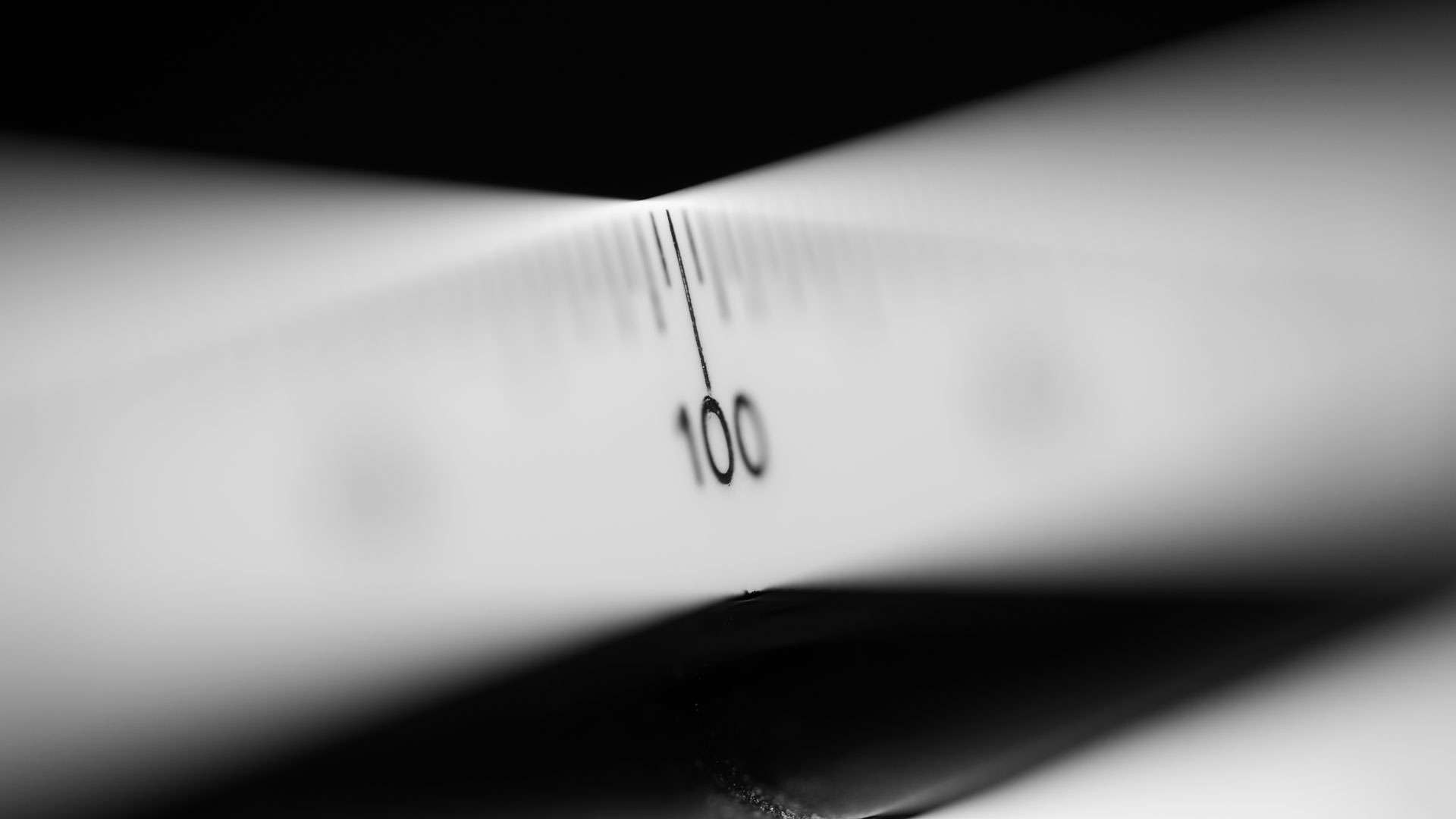
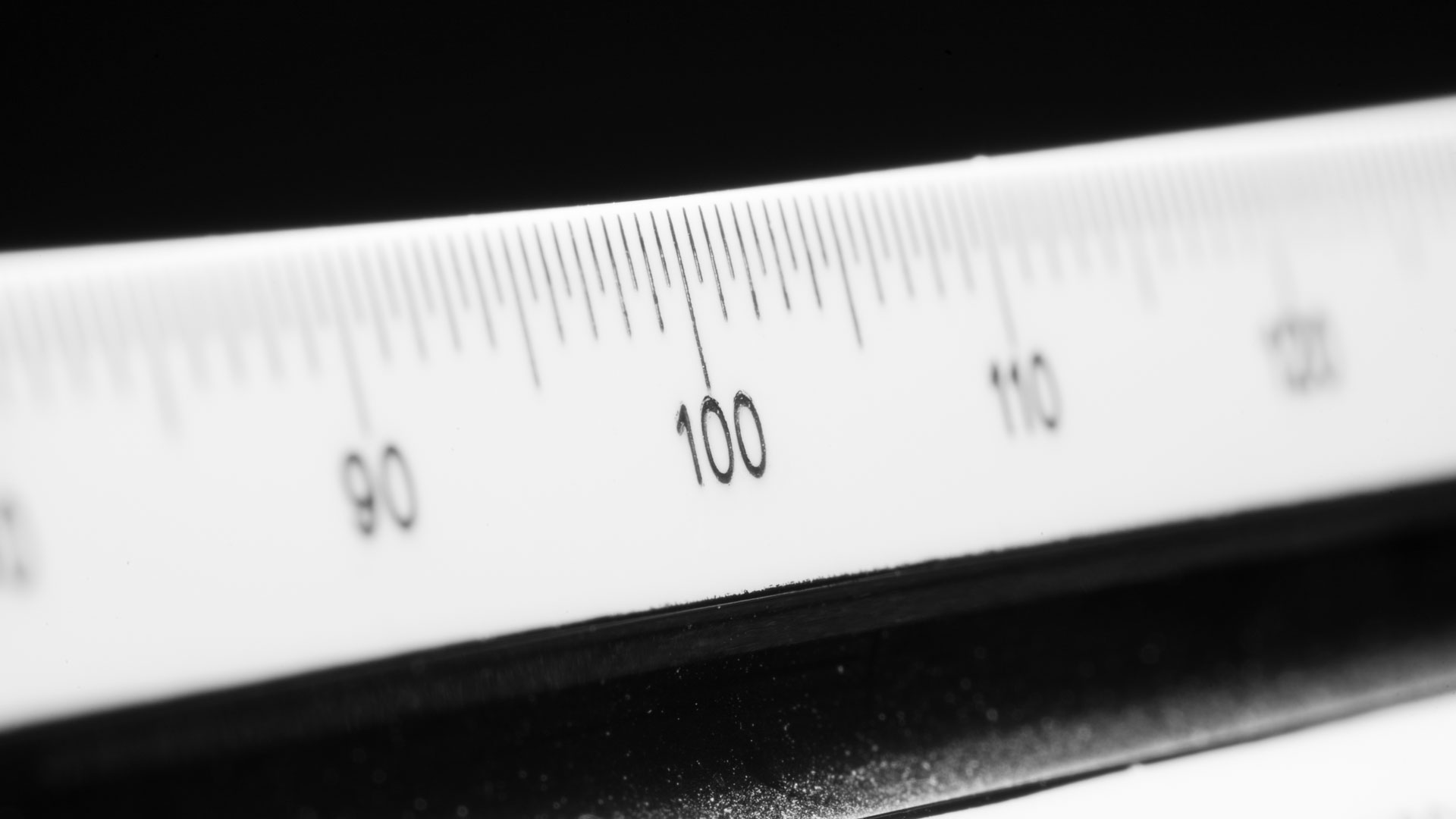
For example in macro photography or product photography, you often want as much of your subject sharp as possible. In these cases, low f-numbers don’t make sense and you want to raise them to get more of your image sharp.
Why the red question mark (this time in the first image at the highest aperture-number)?
To make you aware that not every lens supports very high numbers either, and also to make you aware that f-numbers don’t stop at f/16, like our portrait lens above did. Many lenses will go up to f/32, very few even higher. The line-up above is a typical example of the range of a dedicated macro lens, which often ranges from f/2.8 to f/32.
In the advanced section below, you will learn that the overall sharpness of an image will decrease when you use very high numbers due to an effect called diffraction.
3. Overall Sharpness
Every lens has a certain sweet-spot when it comes to the aperture setting, that has the best overall sharpness.
In general it increases when you raise the f-number. But that is only true until you reach that sweet spot. Once you passed it, the sharpness will decrease again.
That sharpness sweet spot for most lenses is around f/8 to f/11. Above and below that aperture-number it will decrease. That basically means that you cannot have the maximum depth of focus and the sharpest focus at the same time and have to make compromises to get either or, depending on your needs.
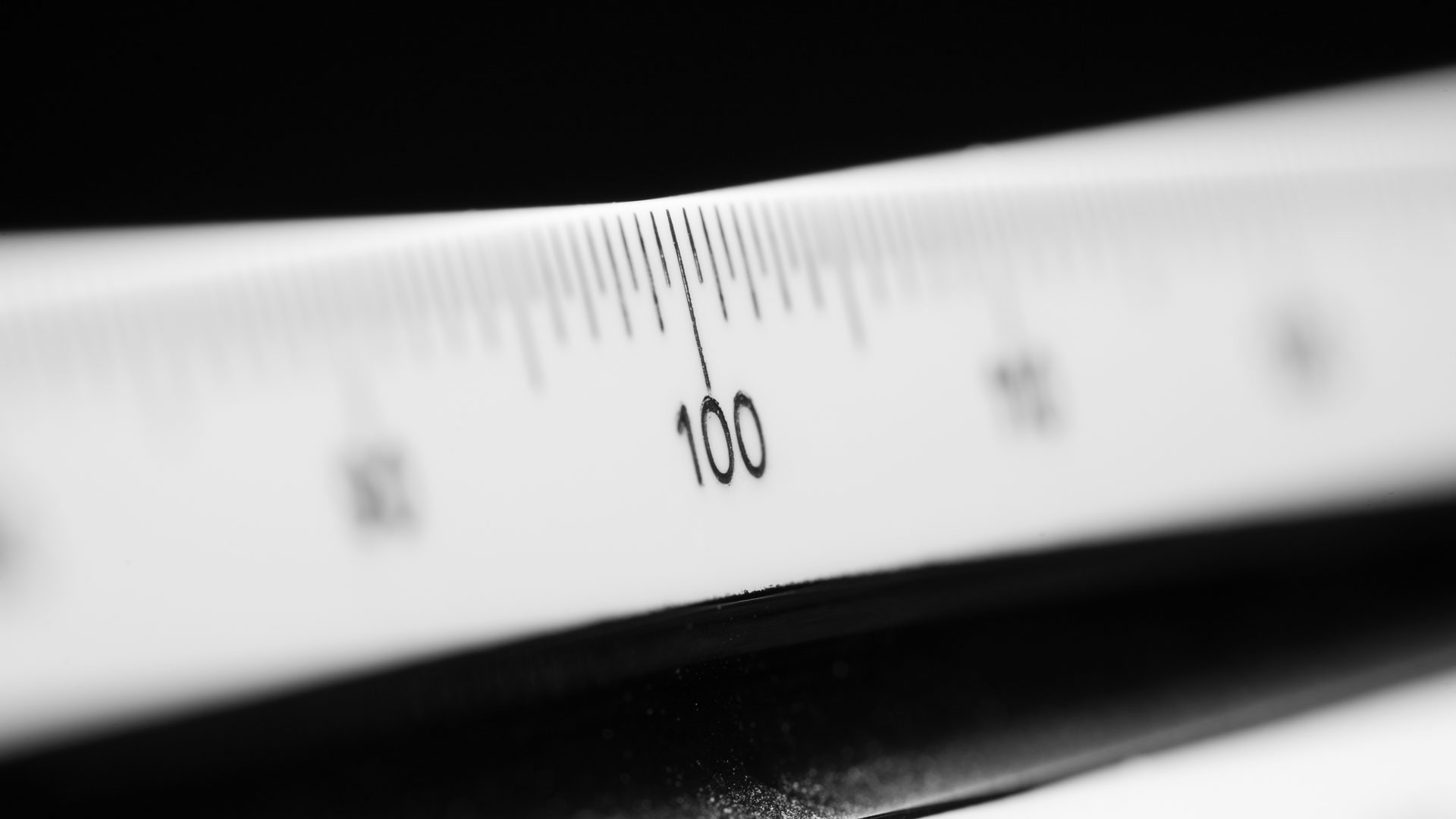

What causes that increase and decrease in sharpness will be explained in the nerdy section further down on this page.
Just so you know, that effect is called diffraction.
If you are interested on diffraction in a nutshell, you can watch my Youtube video about diffraction.
The Aperture Range is Limited
Now that you learned that aperture has a limited amount of settings to choose from, it is important to have another look at it’s effect on image brightness.
While you see that doubling of the opening has quite a big influence on your images, you also see that the range is limited.
Aperture range of "kit lenses"
Kit lenses usually have a range between f/5.6 – f/32, which is a range of 5 stops.
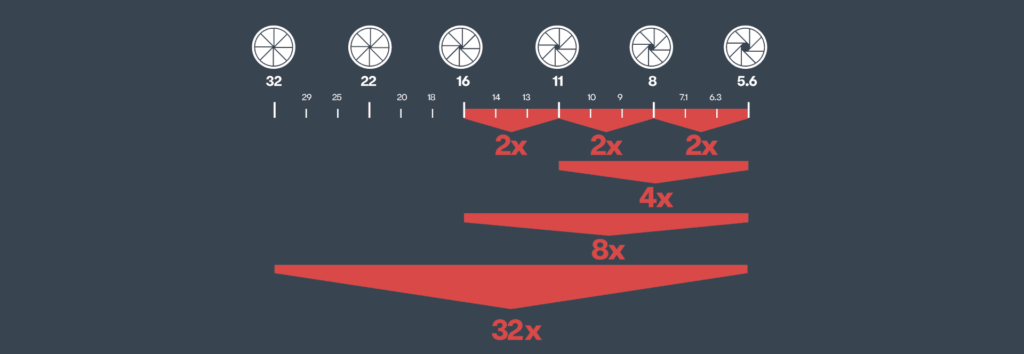
Aperture range of macro lenses
Typical macro lenses on the other hand, range from f/2.8 – f/32, which is a range of 7 stops.
For macro you usually want a higher depth of focus, that’s why these lenses emphasize the higher f-numbers.

Aperture range of portrait lenses
Professional portrait lenses often have an aperture range from f/1.4 to f/16, which again is 7 stops
For portraits photographers often want a blurred background, so the aperture range emphasizes the lower f-numbers.
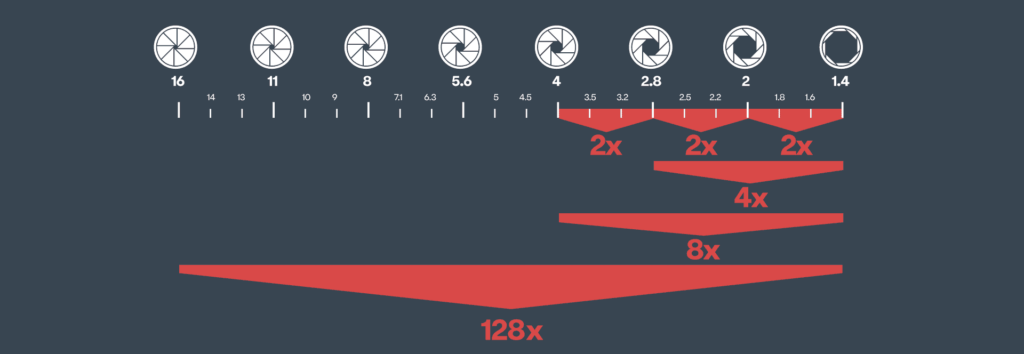
That doesn’t mean that kit lenses are bad. What I want to show you with these examples is that the range is pretty limited compared to the range of light available in “nature”.
Compare aperture range to scene luminance
But if you compare the amount of aperture stops in various lenses to the possible stops that scene luminance has, you realize that the influence of aperture on image brightness is far less than that of scene luminance.
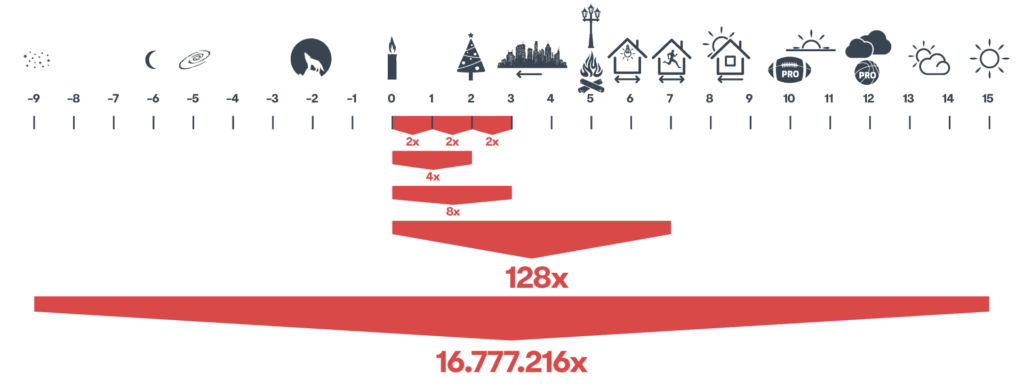
Are you a beginner? If yes,
If not, read on.
Aperture Explained:
Advanced Knowledge
If you are a photography beginner, skip this section and continue to shutter speed above.
Return, once you feel comfortable to learn more.
Aperture Numbers Explained - What Does f/ Mean?



f-numbers make sense
The aperture-number shows how big the diameter of the opening is, relative to the focal length. If you don’t know what focal length is – for example your kit-lens has a focal length of 18-55mm (it’s variable, because you can zoom – if you fully zoom in, your focal length is 55mm, if you fully zoom out, it’s 18mm).
So “f” stands for focal length, f/2 stands for 1/2 the focal length.
Easy Example: Aperture vs Focal Length f=100mm
If you use lens with a focal length of 100mm, f/2 would mean that the diameter of the aperture is 50mm
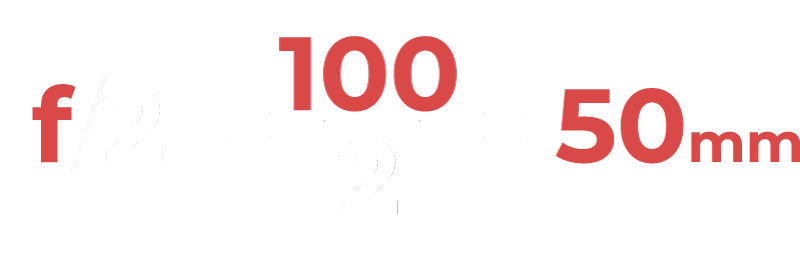
Aperture Size Matters
Remember, I said the size of the area of the opening, so the size of the hole is what matters.
From school we know that the formula for the area of the circle is r-square.𝝅.
r stands for radius, which is half the diameter. So r=d/2
2x size for every stop
If we now use that formula to calculate the area of the opening, we get roughly twice the size of f/2 compared to f/2.8.
Why roughly?
Well, the aperture row actually starts with f/1, and the f-number that would represent the exact half the size of f/1, would not be f/1.4, as it is usually listed, but rather f/1.414213… – which btw. is the square root of 2.
So f/2.8 is not really f/2.8, but rather f/2.82842…
But I think f/2.8 is already complicated enough 😅.
Now you should understand why the aperture numbers are so weird, what f/ is and why the size doubles with every stop.
If you like me learn better watching videos – guess what, I have created a video for your on my Youtube channel:
Aperture numbers explained – THE SCIENCE behind the aperture, “f” and why the numbers make sense
Which Aperture Setting Creates the Sharpest Image? Part 1
(for half-nerds)
Small f-numbers Create Softer Images
For non-nerds, here is the fast explanation: Small f-numbers usually create softer images. That’s why some photographers don’t recommend shooting a lens at it’s smallest f-number (using the smallest f-number is usually called “shooting wide open”).
However, that is not valid for all lenses. Professional lenses of newer generations (for example the Sigma Art lens series), create stunningly sharp images, even wide open. However, using bigger f-numbers will still even create slightly sharper images.
The higher the quality of a lens (usually that’s a question of your budget), the sharper it is wide open, compared to using higher f-numbers.
High f-numbers create softer images
Sounds weird, but the same is true for the other end of the scale. The highest f-numbers of a lens also create softer images due to an effect called diffraction, that I will explain in detail in the nerdy part down below – just continue reading!
Where is the physical sweet-spot?
In general the sweet-spot for the aperture with the sharpest overall image is usually somewhere around f/8 to f/11. But that not only varies among different lens models, but also among lenses of the same model. All you can do is make test shots with your own lens and find out which one is the best setting for your lens.
Where is the subjective sweet-spot?
The specific sweet spot for an image can of course differ from the physical sweet-spot of a lens. Let’s consider you need a very high depth of focus (DOF). You would then sacrifice the overall sharpness, for a wider depth of focus and therefore the sweet-spot for that particular image, would be higher than the objective sweet-spot of that lens.

And the same is true for the other end of the scale. If you are shooting something and your goal is to separate your subject as good as possible from the background, you want a very shallow depth. That doesn’t necessarily have to be a portrait.
To achieve that, you might be willing to sacrifice sharpness over separation. I like to call that perceived sharpness because the image sometimes looks sharper, because the subject stands out so well in front of the rest of the image, that is blurry.

So always using the sharpest setting of your lens, isn’t very clever. But for scenes like a regular landscape, it is good to know where it is.
Which Aperture Setting Creates the Sharpest Image? PartII
(for complete nerds)
Why does a lower f-number create softer images?
For those of you who wonder why a lower f-number creates softer images, that has to do with an effect called spheric aberration.
In a perfect lens, all incoming light rays, are focused in one single focus point.
Here is a very basic graph to illustrate that, think of starting a fire with a magnifying glass, in an ideal lens, the sun would create a very very tiny spot, where all the sunlight is concentrated:
The reality however is: lenses aren’t perfect – particularly not the cheaper lenses that come with most cameras, and also not zoom-lenses. Because lenses need to be very well “calibrated” (it’s actually more than that, but that would lead too far) and the manufacturers can only “calibrate” lenses for a certain focal length. Not over a very wide range of focal lengths, like for example in an 18-400mm lens.
That’s why prime lenses are usually sharper than similar priced (or even more expensive) zoom lenses.
So: lenses are hardly ever perfect and have so-called lens errors.
Spheric aberration
One of these lens errors is spheric aberration. In less than perfect lenses, the incoming light rays are not focused in one single focus point, but some rather in front of the sensor plane (which btw. is the plane where you want the rays to be focused), some right at the sensor plane and others behind.
Here is basic graph again. Instead of focusing the light rays to a single point, they are all over the place. The more these rays deviate, the less sharp the lens is.
Aspheric lens elements.
As you can see in the graph above, it’s mostly the rays at the edge of the lens that cause the problem. There are two ways to solve the issue. The first, more difficult and more expensive way is, correcting the edge of the lens for that error and try to refract the rays into the center. To do that, lens manufacturers produce so-called aspherical glass elements, so glass that is not “round” (hence spheric) on the surface, but rather flattens out towards the edge. That will grab the light rays and refract them further away from the glass.
The result is a sharper image.
As you can see, they are still not perfectly focused. Particularly newer generation professional lenses have become pretty close to the perfection. But they are still not there yet.
The more technology advances, the better the lenses have become. So don’t trust anyone who says old lenses are sharper. If you compare lenses of the same class (so new pro lenses to old pro lenses, the old ones don’t stand a chance).
However, we still don’t have a perfectly sharp image. So what can we do to further improve the sharpness?
Reducing the aperture opening to enhance sharpness.
Why did I tell you all of the above? It doesn’t seem to have anything to do with aperture. Oh yes it does, and here is why.
We see that it’s still the outer rays that cause trouble. What if we could get rid of those outer rays and only keep the ones that are perfectly focused?
That’s where the aperture enters the stage. By closing the aperture, you literally cut away the rays that enter the glass at the edge of the frame, so all that is left are the inner rays, that are much better focused to a single spot.
So our high quality glass, that was pretty sharp to begin with, got even sharper by closing the aperture.
But that is also one of the reasons why cheaper lenses don’t have low aperture numbers, but rather start with f/5.6 instead of f/1.4. It’s simply much cheaper to only cut away the rays that are causing trouble, than refract them by creating high quality and perfectly shaped glass.
However, of course quality lenses are also better in regard to focussing the inner rays, and that’s why they maintain their advantage over cheaper glass, even when closing the aperture. The gap gets closer though.
The image gets sharper and sharper until it reaches a certain sweet-spot. But what happens after that sweet-spot.
Diffraction
Closing the opening, doesn’t only have positive effects, there is also a negative one.
On sharp edges, rays and waves are being deviated. Aperture blades represent such a sharp edge, and that gets us into trouble.
With large openings, that isn’t an issue, because most of the rays are deviated outside the sensor area and beside that, there are more rays coming through the big opening, kinda overpowering the deviated rays that are caused by diffraction. But closing the aperture not only brings the rays right onto the camera sensor, but also reduced amount of light from rays that are passing the opening without being deviated makes them more prominent. The result is an increasing amount of blur, the more you close the aperture
Where is the sweet spot?
Somewhere between the cutting away of the edge rays and the kicking in of diffraction is the aperture setting that produces the least amount of blur or better said the sharpest image.
That sweet spot is different for every lens. To find it, you have to do some test shots with every aperture setting. Usually it is around f/8-f/11.
Disclaimer: the above explanations and graphs are very simplified and not made for scientific purposes. They are rather meant to help you understand and learn photography.
Additional Effects of Aperture
Reduction of Vignetting
Remember smaller openings cutting light that enters the edge of a lens? When shooting wide open, the outer rays are usually darker. Stopping down will reduce that effect and produce a more evenly lit frame.
Also when using filters on ultra wide-angle lenses, that can help quite a bit, because the thread of some filters (unless they are slim) will appear in the frame. Stopping down will remove that to some extent.
Reduction of Chromatic Aberration
Chromatic aberration is similar to spheric aberration. It is mostly visible in the corners of a frame and particularly in areas with high contrasts. It is usually more prominent in cheaper lenses, but you can get it in any lens, depending on the conditions.
Stopping down (reducing the size of the opening) can dramatically reduce chromatic aberration, but you can also reduce it using your editing software.
Bokeh

The rounder the aperture opening, the more pleasing and rounder are blurred highlights rendered – usually desirable for example in blurred portrait backgrounds. Rounder openings are usually created by more aperture blades as well as special shapes and blade-placement during the closing process. So bokeh has a lot to do with aperture.
Star Shapes
You surely have seen star shapes around the highlights of for example night shots of cityscapes when using rather high f-numbers. Depending on the shape of the opening and the number of blades, the stars are more or less pronounced and have more or less rays. Here is an example of a Christmas Tree image shot with a kit lens that has six blades, vs an image shot with a prime lens that has more blades.
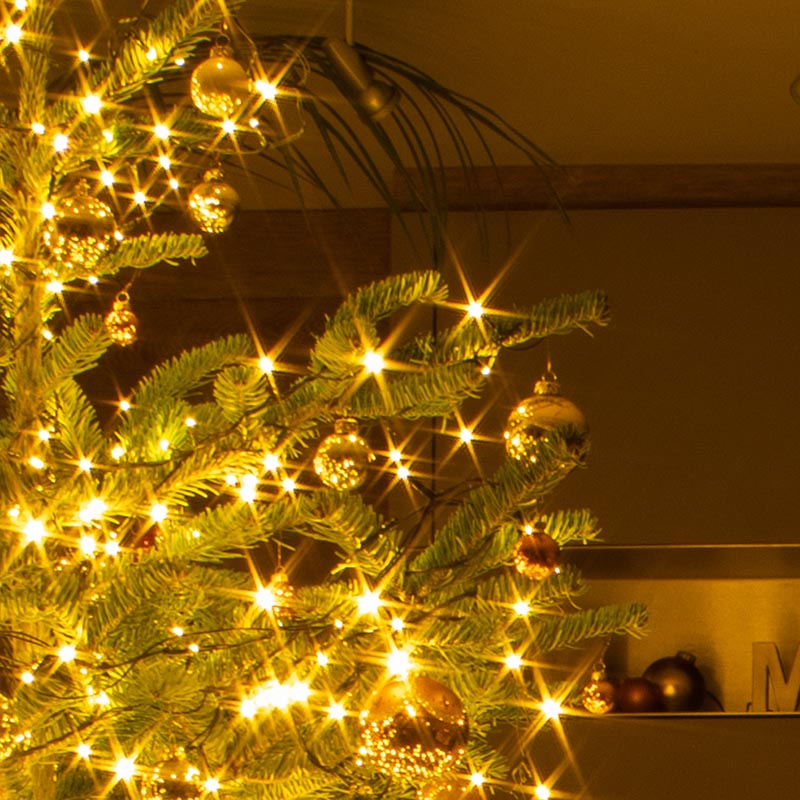
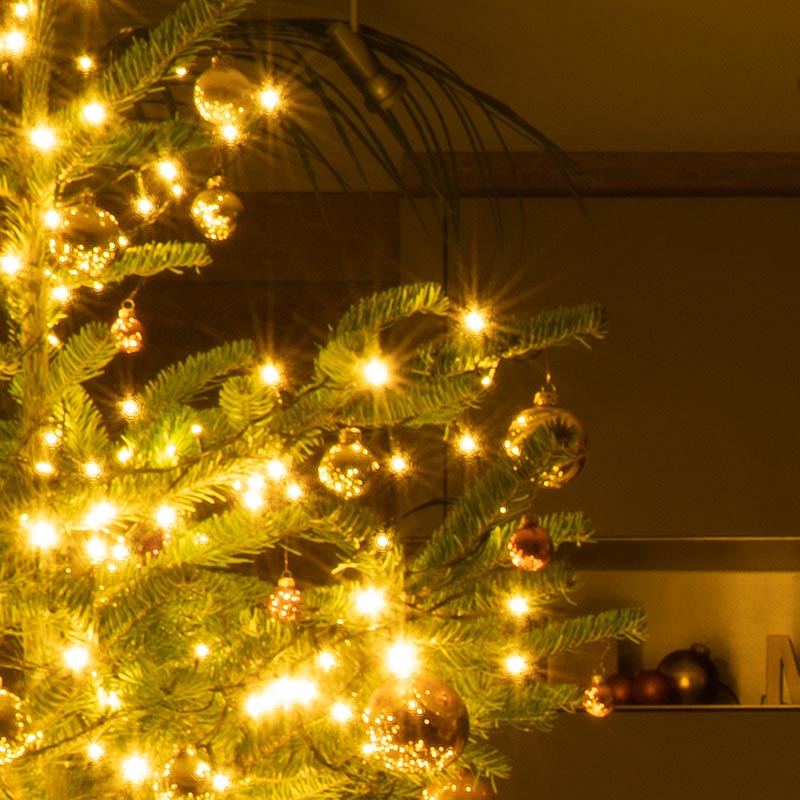
Aperture Explained:
VERY Advanced Knowledge
The REALLY nerdy stuff
For people who can’t get enough aperture knowledge
t-stops vs f-stops
I told you that the wider the opening of the aperture, the more light will get to the sensor. But when you compare different lenses with the same aperture diameter, you may well find that one lets more light in than another. How is that possible?
Glass is Not as Transparent as Air
Actually that is quite easy to explain. Lenses consist of glass and even the “best” glass will not let all the light pass through, but will reflect some of it back. So the transmission (hence t-stop) is not 100%.
Some lenses use more glass elements than others, some use different glass types and some have coatings. All that contributes to more or less transmission of light.
Does That Matter?
In photography it hardly matters at all, you have to adjust the exposure for those tiny deviations. But it can be measured and the website DXO mark did that for almost every lens on the market. So if you are interested, head over their page and check the lens in question for its transmission.
In videography it matters a bit more, but also not all that much. Video lenses do have t-stops though instead of f-stops.
Effective aperture
If you have a lens with a focal length of 100mm like I used as an example in my section aperture numbers explained, you would assume that the f-number is always the same, because it is a fixed lens.
Moving Glass Elements Change the Focal Length
But when you change the focus, the glass elements move within the lens. And that in fact changes the focal length. With regular use that is not a problem, because the change is minimal.
Special Case Macro Photography
But when you get really close to your subject, like in macro photography, the glass has to move a lot in order to get keep the subject in focus. That changes the real focal length substantially.
And if you change the f in my equation in “aperture numbers explained above), that means you also change the relative aperture size.
Result: Less Light
That means that in macro photography, the light that actually reaches the sensor is (dramatically) reduced.
As a rule of thumb, here is a simplified formula new effective aperture:
f-stop x (1 + Magnification) = Effective f-stop
So for example shooting a 1:1 magnification macro: f/4x(1+1) = f/8
Does that matter? It does because it reduces light dramatically. But just like with regular photography you have to compensate for that.
It matters more if you are using a studio setup with flash or continuous lights and you use a light meter to determine the needed exposure.
It matters less, if you are using your cameras built-in light meter, the built-in histogram or other built-in tools.
Result: More Diffraction
With diffraction being directly related to f-numbers – the higher f-numbers that result in the effective aperture will also increase diffraction. But that too matters only to a certain degree – the problem is there, but there isn’t much you can do to change it. If you need a higher depth of focus (which you usually do when shooting macro), there is no other choice than raising the f-number and live with diffraction. As always in photography, you need to make compromises.
Aperture FAQ
That depends mostly on your lens, but also on the number of people in the group. Don’t listen to people who tell you, that you need to choose the number according to the number of people. That’s just plain wrong.
There are apps available that let you calculate the depth of field (or depth of focus as I like to call it). The most popular one is PhotoPills. But there are also online calculators available.
Please comment below. I will constantly update this section with new questions.
These images were all shot by me. My name is Wolf Amri, I’m a professional photographer and film maker.
On my youtube channel, I explain not only exposure, but everything else you need to know about photography. Explaining in a video is much easier than written because I can show you images, animations and examples on the way. So let me recommend watching my youtube beginner photography course.

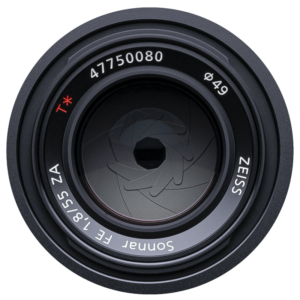
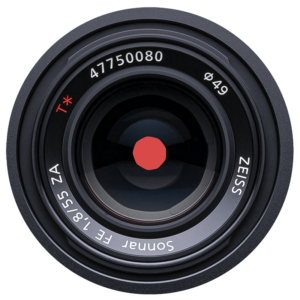

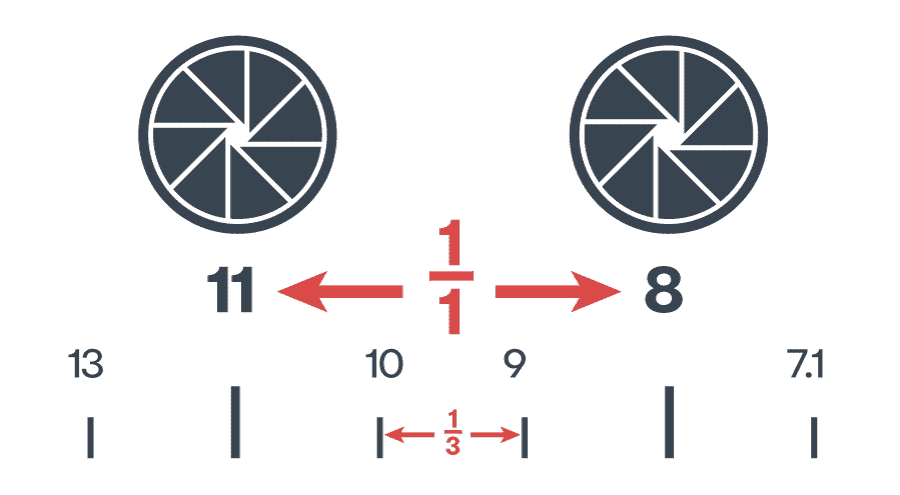











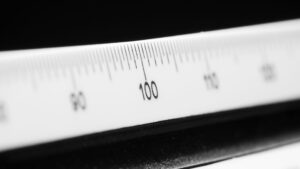

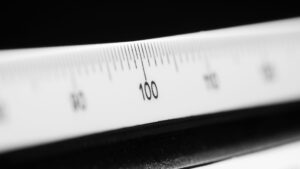

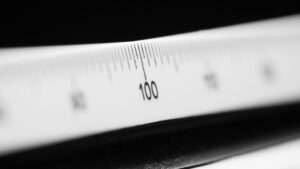

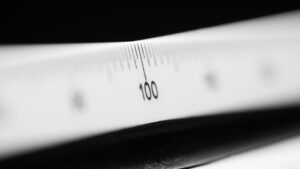

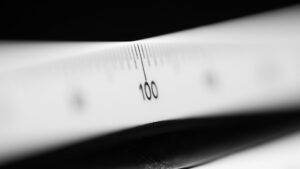

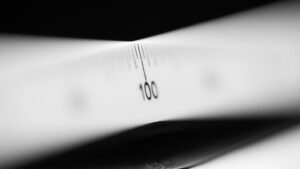

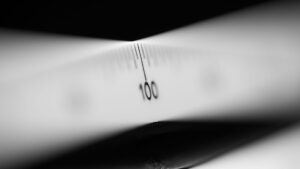




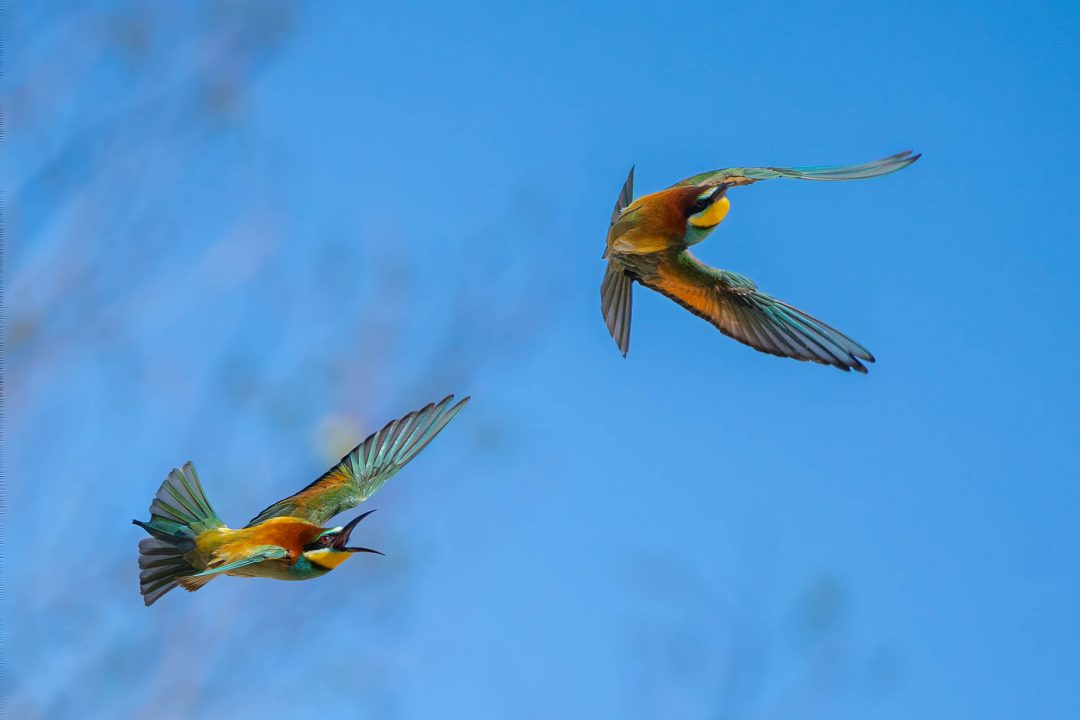
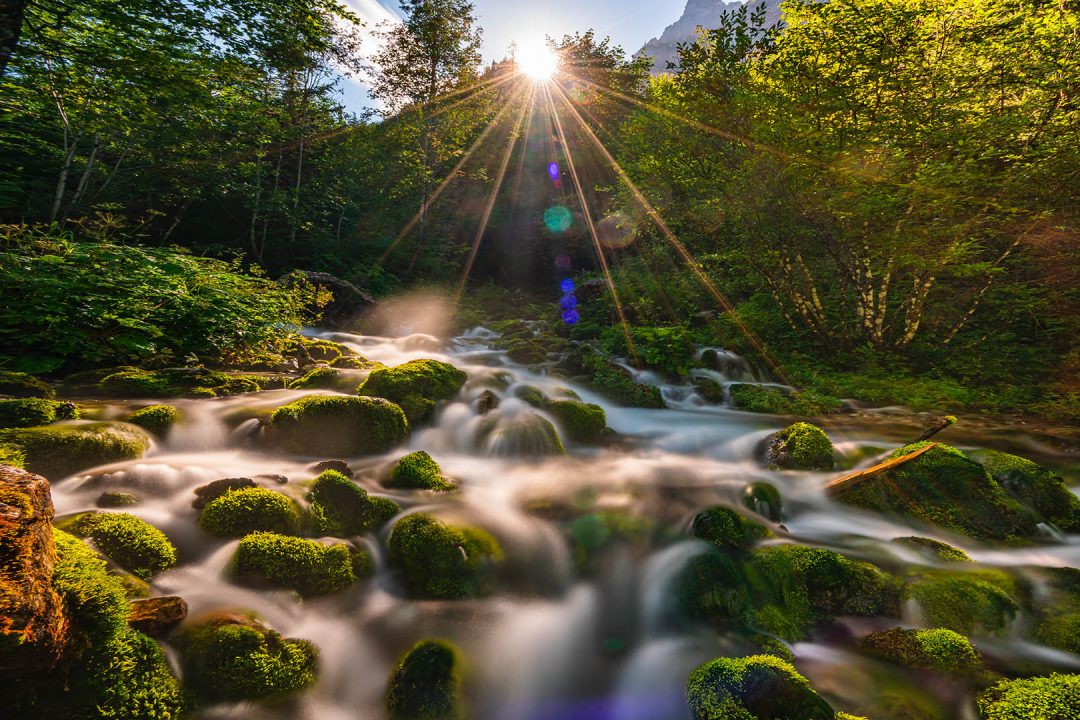


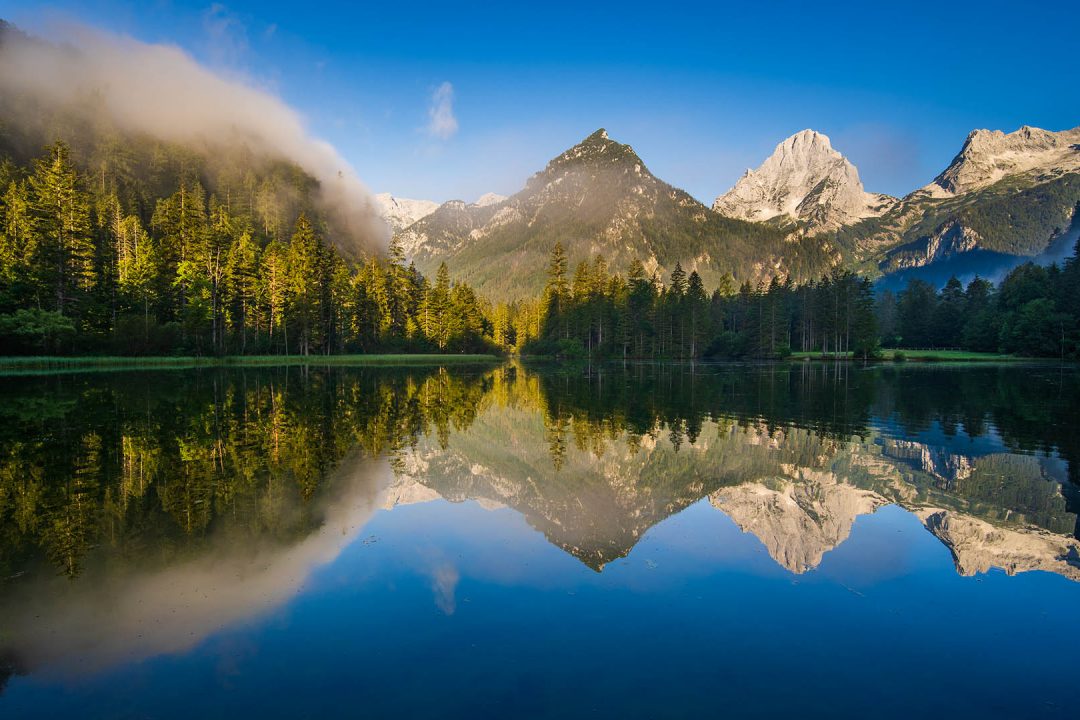
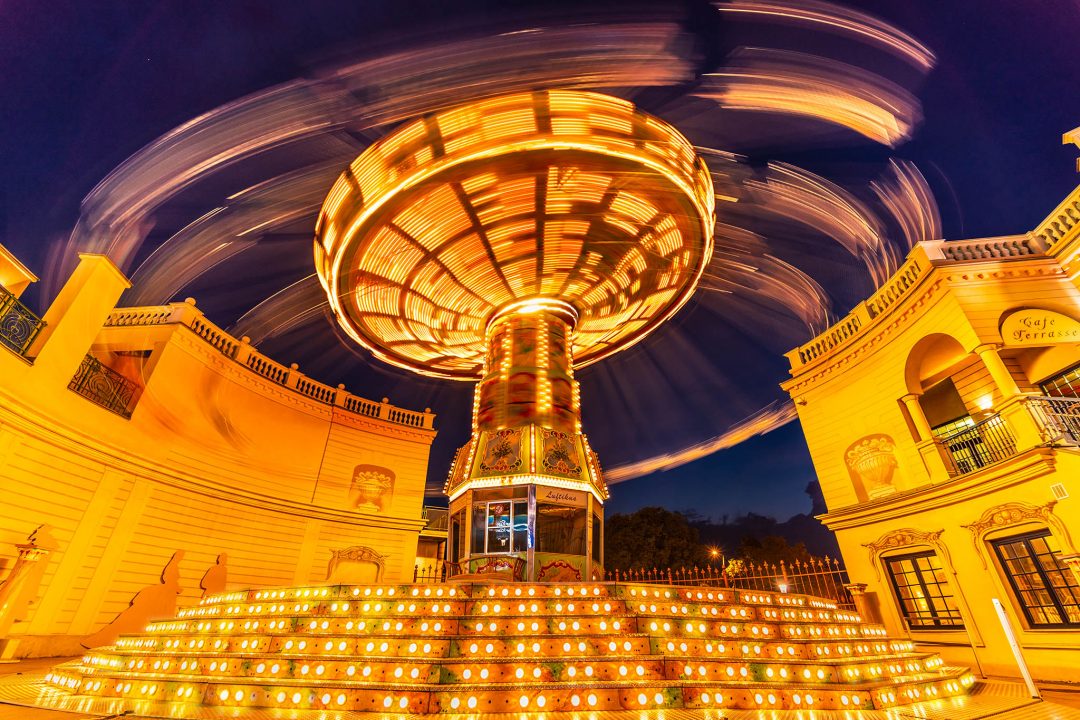


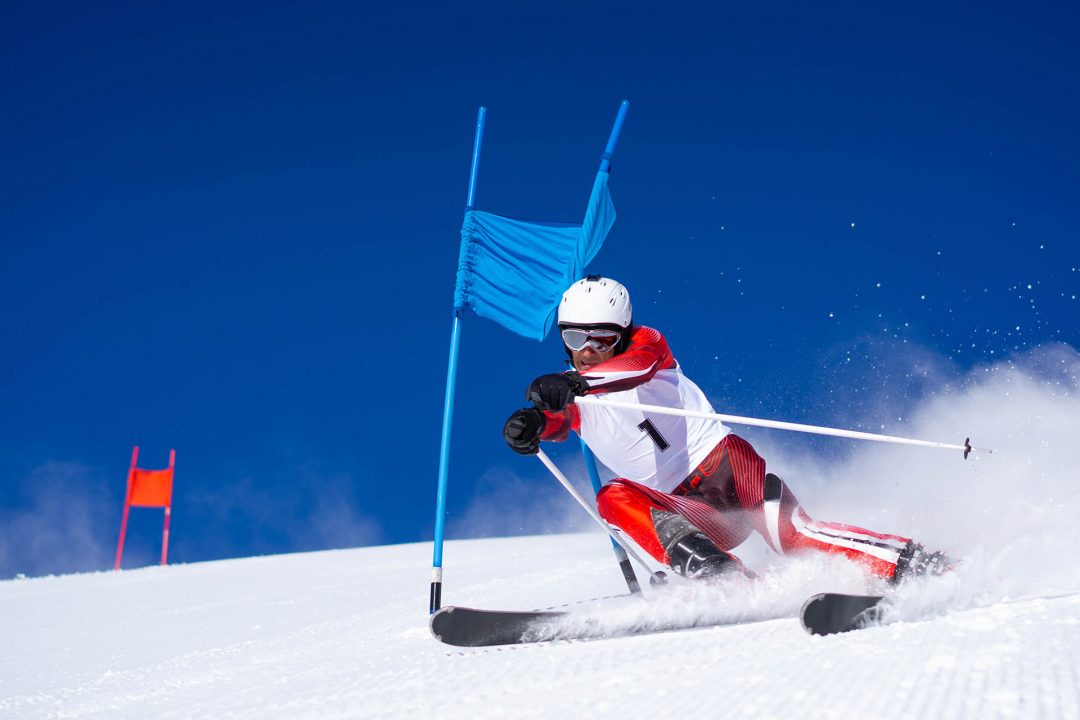

I’d love to shoot images like you do. You’re fantastic, and your pictures are both spectacular and inspiring. I have never seen anything as good as this for explaining the mechanics of photography.
Thank you so much, Jo. I really appreciate your feedback!!!